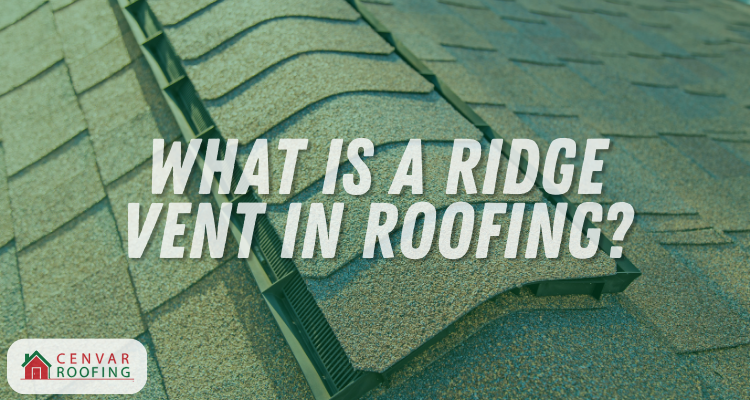- 1-905-452-8193
- Contact Us
- Member Login
- Get Listed Today
- 220,911 members

At the peak of your roof, there's a special vent called a roof ridge vent. It’s a type of ventilation system installed along the peak, or ridge, of a roof. The ridge vent is typically a narrow, continuous opening that runs along the entire length of the roof ridge.
This vent plays a crucial role in helping ensure proper airflow through the space between the roof and the ceiling underneath, commonly known as the attic.
Your roof is made up of various materials like shingles or metal, nails, and underlayment, all working together to maintain integrity in protecting your home.
The roof is a key element of your house, with various materials like shingles or metal, nails, and underlayment, all working together to maintain a protective barrier between you and the outdoor elements.
Roof ventilation is a combination of intake and outtake vents that work together to keep air circulating throughout your attic and roof. This consistent air circulation helps prevent the roof from overheating and sustaining heat damage.
Proper roofing ventilation also helps to prevent moisture and condensation from building up, which can lead to water damage and leaks.
There are many different types of roof vents to choose from, depending on the type of roof on your home and the ventilation needed for that material. In many cases, a combination of several different vents works best.
A roof ridge vent is a special type of vent that is made to sit along the ridge, which is the highest part of the roof.
These vents typically span the entire length of the roof and can be crafted to seamlessly blend into the roofline, making them inconspicuous. For effective ventilation, it's important to pair ridge vents with another type of vent to maintain proper airflow across the entire roof.
A ridge vent on a roof serves the important function of allowing air to flow in and out of the roofing system.
The vent allows warm air to escape from the attic, promoting better air circulation and preventing the buildup of heat and moisture. This helps regulate the temperature in the attic, which can be crucial for several reasons. It helps prevent the overheating of the roof, prolongs the life of roofing materials, and reduces the risk of ice dams in colder climates. Additionally, proper attic ventilation can contribute to energy efficiency by helping to maintain a more consistent temperature in the living spaces below.
Roof ridge vents are often installed in conjunction with other types of ventilation, such as soffit vents, to create a balanced system that allows air to enter at the bottom and exit at the top. This continuous airflow helps in maintaining a healthy and well-ventilated attic space.
Every roof requires some form of ventilation, and while a ridge vent is a commonly used option, it might not always be the most suitable choice for your specific roof. The necessity of a ridge vent for your roof depends on various factors such as your roof's structure and design.
Consulting with a professional roofing contractor will allow you to determine the best ventilation option for your roof.
Recognizing the Telltale Signs of Inadequate Ventilation
Insufficient roof ventilation can lead to damage and higher utility bills. These are some of the most common indicators of improper ventilation:
A qualified residential roofing contractor will carefully examine your roof, attic, and ventilation system for any indicators of heat or moisture damage, leaks, or other possible concerns.
Following the inspection, the roofing contractor will devise a plan to restore your roof to optimal working condition.
|
|
